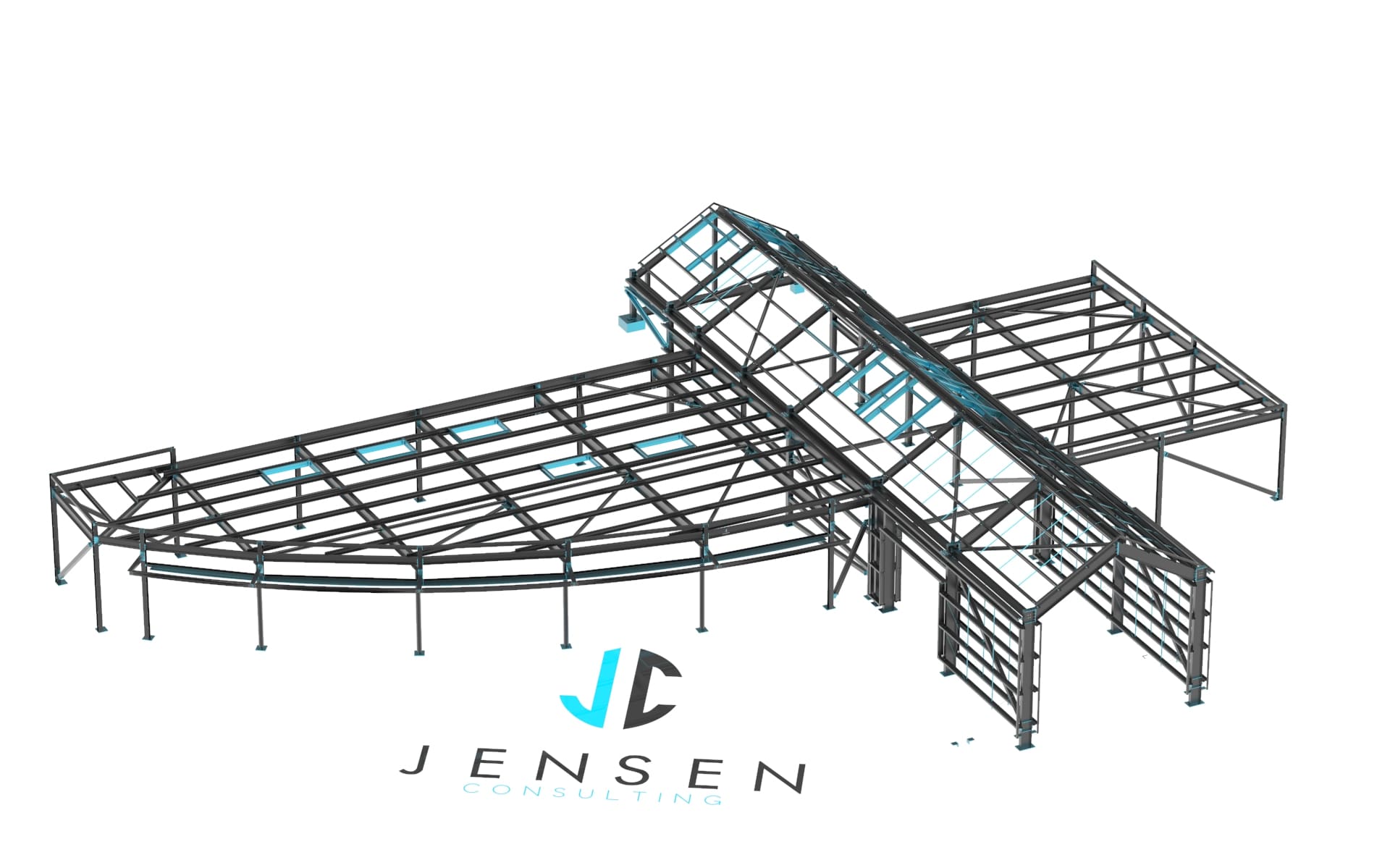It is disappointing and bad for business if a client brings you work and you deliver it with avoidable mistakes. Adopting or establishing some steel detailing processes can improve your efficiency as a detailer and, above all, ensure that you are consistent with your drawings. When clients know that you always deliver quality work, they will be more inclined to turn to you whenever they need something done. Here are some industry-standard steel detailing secrets to enable you to deliver optimum results every time.
1. Triple check your drawings
It’s important to ensure that your drawings meet the same scaling from all angles. Draw the design from various angles to confirm that nothing is out of sync; for instance, top view, side view, and even bottom view if applicable. Be sure to triple check your measurements and drawings to account for any oversight.
2. You can’t succeed without planning
The reason behind many detailers delivering subpar results in their work is poor planning. Employ flow charts or sketching software to divide your model into simple and easy-to-understand parts. Check for any loose parts or conflicting areas to ascertain that the design flows well and that each piece fits where it should.
3. Take your time interpreting drawings
With return clients, you may be accustomed to their drawing style; therefore, interpreting their drawings may be easy for you. The same may be true if you work in a firm with a particular drawing style. However, with new clients, it is best to study their drawings carefully. Pay attention to even the smallest detail because you can’t afford any mistakes if you are to turn a new client into a regular. Don’t assume anything and always ask if you have any doubts.
4. Take notes
This tip applies in two areas: when you are making your own designs; and when a client is explaining their design preferences. When drawing your designs and ideas come to your head that you cannot implement immediately, write them down, either on sticky notes, in a notebook, or on your phone. This will allow you to finish your designs as close as possible to the picture in your head. Moreover, these ideas may lead to even better ones. However, you’ll never know unless you recorded them.
For your clients, this step is even more crucial. It would be bad for your business if a client pointed out that they wanted a particular detail in their design only for you to deliver it without simply because you had forgotten. When a client states that they want something included or omitted, take notes and follow them to the letter.
5. Be objective and do what works
In as much as it is essential to follow your clients’ drawings and specifications, use your judgement when it comes to interpreting the drawings. If after studying a drawing you determine that some calculations are not right or something somewhere does not fit or will not work, make the call and let your client know that some modifications will be necessary for the design to work.
6. Evaluate with care
Copying and mirroring are done everywhere in modelling because there is no need to repeat long processes unnecessarily. However, care should be taken with such methods because if you replicate a design with a flaw a dozen times, you’ll have as many mistakes to correct. Remember to evaluate the original thoroughly to ensure that it is flawless. This step will help ensure that any replicas will also be of the same standard.
Steel detailing is an important process that you cannot afford to make mistakes with. Ensure that you deliver the best design results for your clients by observing the above tips.



